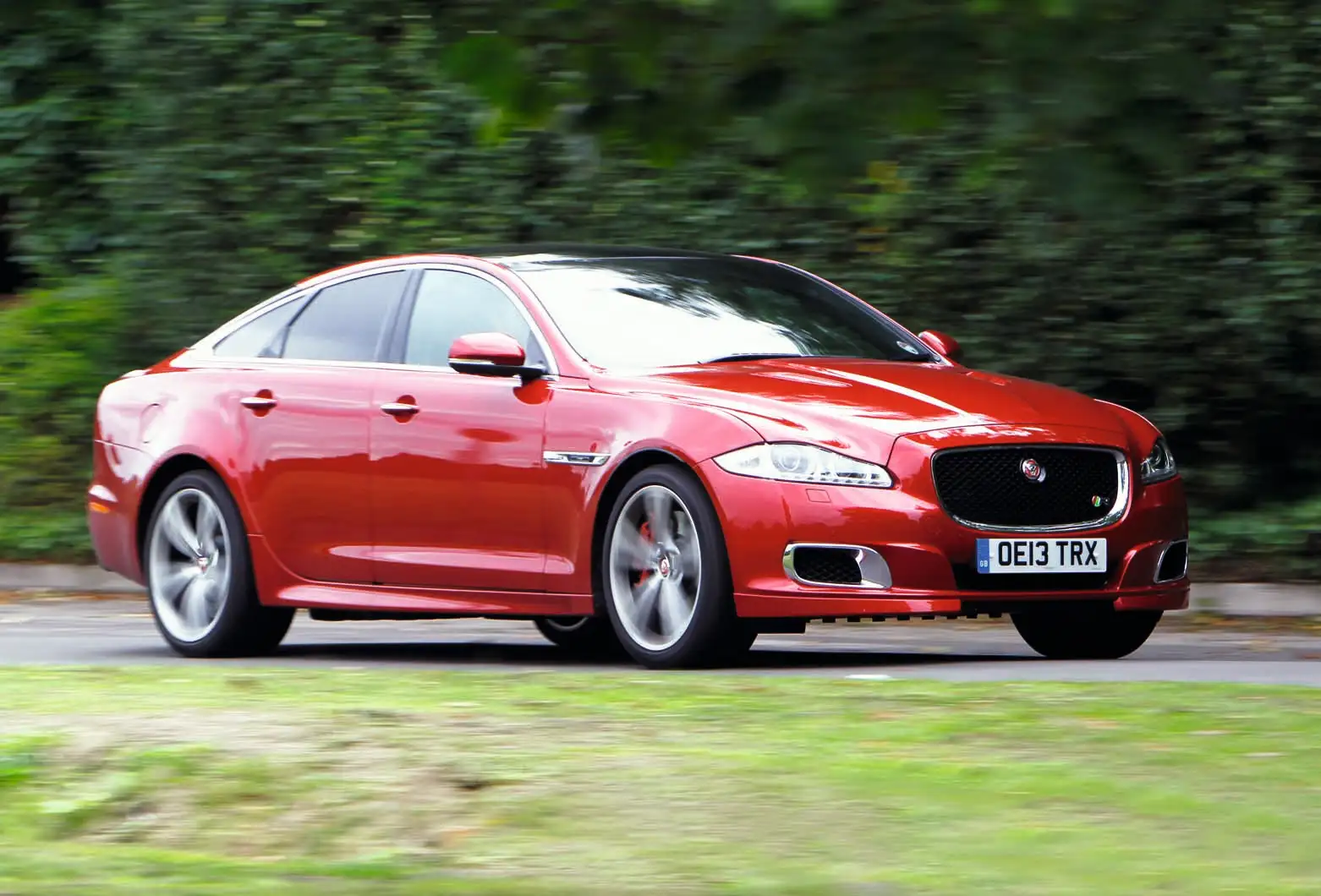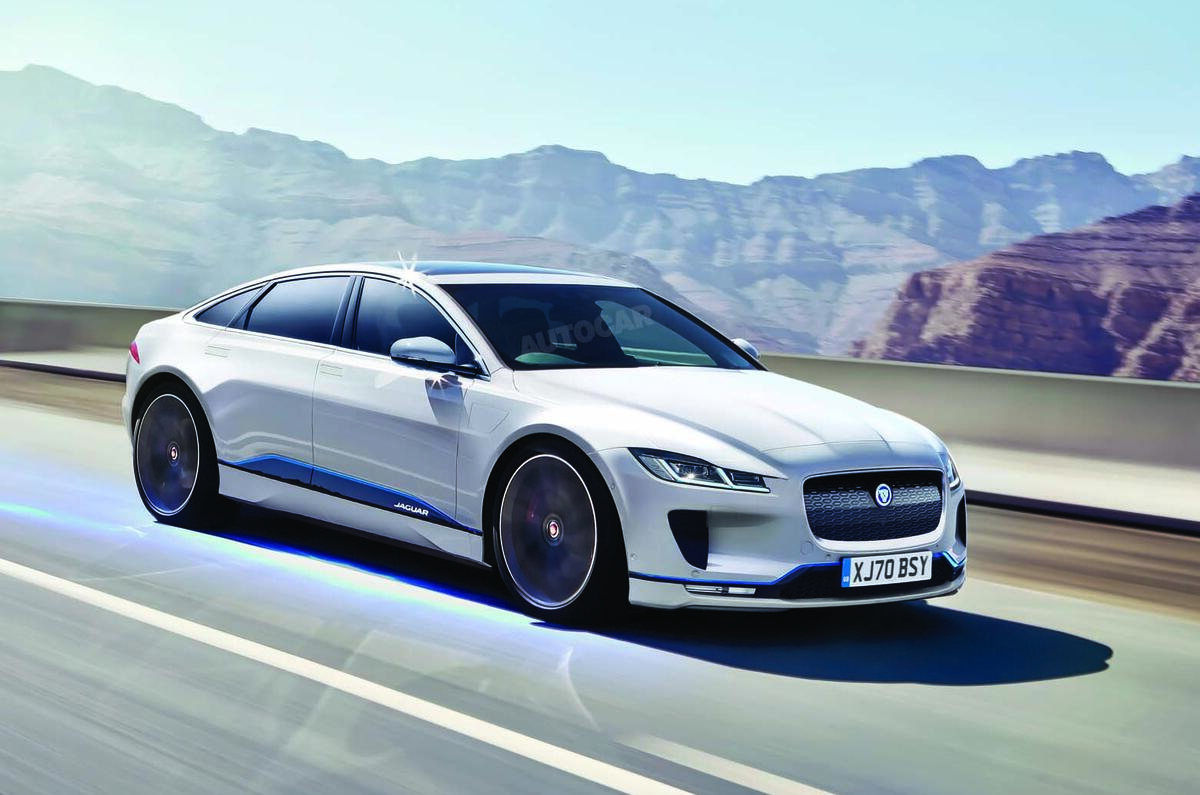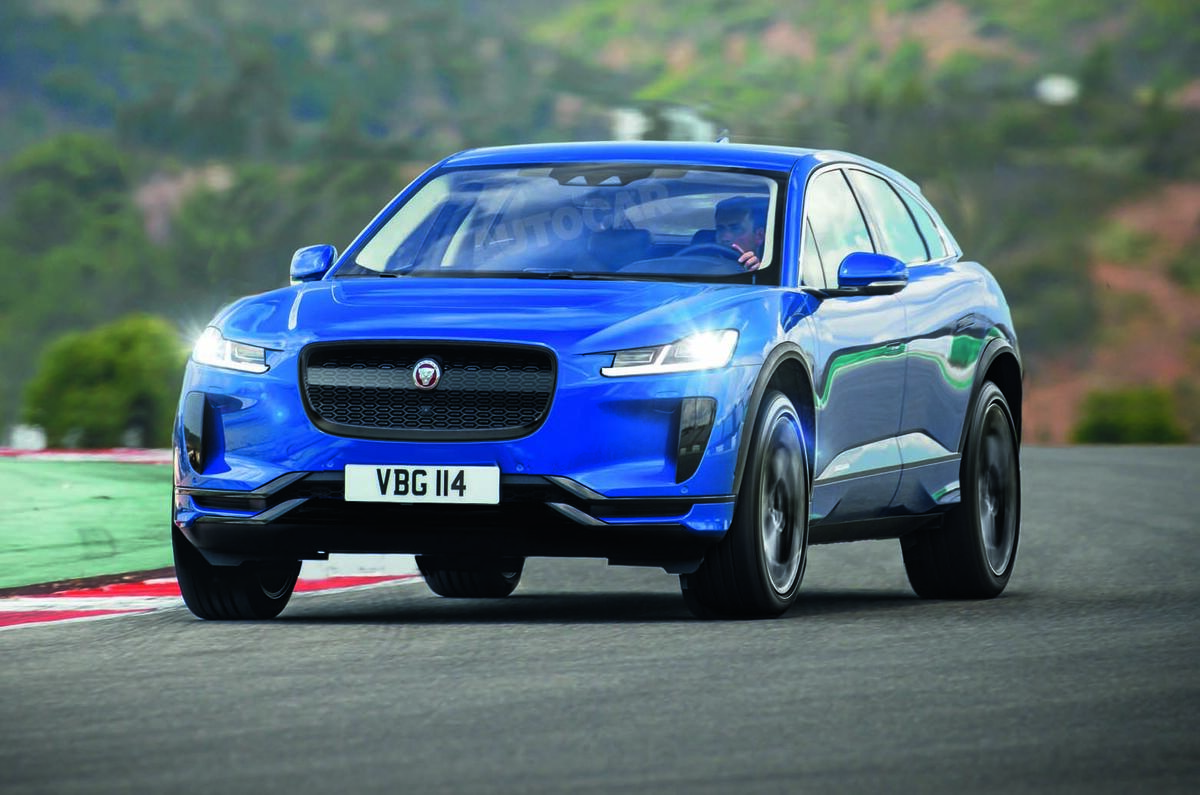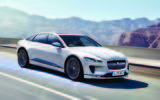Jaguar Land Rover bosses are considering a plan to turn Jaguar into an EV-only brand within the next decade, Autocar has learned.
It is understood that company product planners have produced an outline strategy under which Jaguar’s conventional vehicle range would be phased out over the next five to seven years, to be replaced by fully electric vehicles.
Under the plans being considered, a full-on luxury electric saloon, Jaguar replacing the unloved XJ, is expected within two years. It will be a direct competitor for Porsche’s upcoming Taycan, alongside strong-selling cars such as the Tesla Model S.
Rethought as an electric vehicle, the new XJ will both play to the strengths of the 1967 original by offering segment-leading refinement and ride and look to the future by completely reinventing the classic Jaguar interior.

It is understood that the new XJ will be a no-holds-barred luxury car in every sense, offering customers a zero-pollution alternative to a Mercedes-Benz S-Class or even a Bentley Flying Spur.
The thinking is that Jaguar will steal a march on rivals by building a true luxury EV in a segment that is probably the most environmentally minded and offers greater profitability per car than lower segments. EVs also fit in perfectly with the brief of a modern-day chauffeur of private hire driver, with excellent mechanical refinement and the ability to enter low-emission zones in cities without financial penalties.
As the Jaguar XE and Jaguar XF reach the end of their lives in 2023, they could be replaced by an all-electric crossover slightly bigger than Audi’s E-tron. An all-new I-Pace would arrive in 2025 as the Jaguar E-Pace and Jaguar F-Pace models are phased out. Jaguar would be nearly all-electric by 2026, with only the flagship J-Pace luxury crossover surviving until 2027 or so. And with no replacement for the Jaguar F-Type in the works for when it dies in the first half of the 2020s, an electric Jaguar sports car is also a possibility.





























Join the debate
Add your comment
What they need to do is
No more saloons or average height vehicles because they dont sell. People prefer crossovers because of the practicality and better perceived value.
And sports cars are a niche, but offer good margins.
Jaguar needs to aim for higher margins rather than marketshare.
They need a lineup that consists of:
2 seat compact sportser
2+2 relatively compact gt
5 seat crossover
7 seat crossover
And if things go well, reintroduce one flagship sports saloon to rival the Panamera.
If that conflicts too much with Land Rover, then sell the Jag to a Chinese company.
Good Idea
A good plan generally. I disagree with the nonsense at the end of the article, electric drive has huge advantage for land rover if the team there has the right vision. If Tesla cars without planning can float and steer in rivers and come out at the other end fully functional, then there no reason why dedicated off roader should have any problem doing the same.
Stick a motor on each wheel and I suspect you would have a far superior off roader,
The large forward trunk, keep it, double the boot capacity.
Ingenium engine woes?
As someone who's actually driven a car powered by an Ingenium engine for the last three years, may I just throw in my observations? It's certainly not the perfect powertrain but I feel that's more to do with the moronic 9 speed transmission it's saddled with in my car than the engine itself. I have to say it has been smooth, pretty darn quiet, delivers good MPG and pulls very well (when the transmission actually gets round to telegraphing what I'd like to happen down to the engine room...)
As far as reliability is concerned, well I'm not sure if all the BMWs and Mercedes I see on the hard shoulder has more to do with German quality woes or the fact that there are more of them on the road anyway. I just remember the horror stories my father in law has told me about his C class. Never again!!